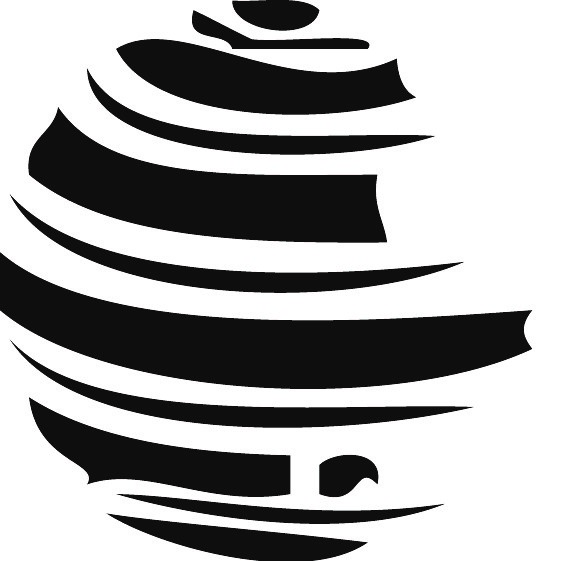- Home
- 28 (1993/1) - Didactique de la géographie
- Un test international de géographie dans l'enseignement secondaire en Flandre
View(s): 466 (8 ULiège)
Download(s): 152 (0 ULiège)
Un test international de géographie dans l'enseignement secondaire en Flandre

Attached document(s)
original pdf fileRésumé
L'Union Géographique Internationale a élaboré un test soumis aux élèves de 14 ans dans 24 pays. 461 élèves de l'enseignement secondaire du pays flamand y ont participé. Le test international comprend 50 questions, qui se rapportent aux six grands domaines géographiques. Nous avons pu comparer les connaissances et les aptitudes géographiques des élèves flamands avec ceux des autres pays. Les questions ont été analysées également pour ce qui concerne les opérations intellectuelles, les produits intellectuels, le contenu et le degré de difficulté. La Flandre se situe à peine au-dessus de la moyenne internationale et surtout les questions sur la géographie physique recueillent comme ailleurs de mauvais scores. Nous avons profité de l'occasion pour établir un parallèle entre les questions des examens trimestriels et celles du test international. En outre, nous avons étudié les différentes performances par région, par type d'enseignement et par sexe.
Abstract
An international Geographical achievement test, composed by prof. G. Niemz as a part of an IGU project, is administrated to 14 year old students in different countries over the world. Twenty classes (461 students), spread over three flemish provinces in Belgium and belonging to all types and sections of secondary education, participated in the project. They all had the same geographical curricula. Comparing the students achievements on an international level, some guidelines could be given to the teachers, the textbook authors and the authorities responsable for the curricula in order to improve their teaching objectives. The fifty multiple choice items aren't based on any national curriculum, but the questions deal with matters of geographical relevante in every day life, according to what can be expected from students of 14 years of age: location, geomorphology and climate, human geography, ability to read and interpret maps and diagrams, some knowledge of great world powers and developing countries and more specific geographical topics about the own country. The overall achievement of the Belgian schools is rather low (58 % correct answers), slightly higher than the average of all countries. The same differences between the six groups of questions are reflected, but especially the items about physical geography are, as elsewhere, very poor. In the present paper, the test questions and answers are analysed and compared according to the various types of classes, schools, school regions, curricula and sex differenciations.






